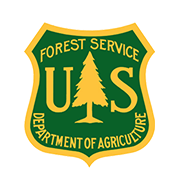Single Publication
Settings - change map background and toggle additional layers
Filter - control incident types displayed on map.
Zoom to your location
Reset map zoom and position
Could not determine your location.
Show Legend
Hunting in Fire Season: Know Before You Go
Owl Fire
Publication Type: News -
Fire closures and restrictions can limit access for hunters – Know Before You Go!
- Moose Fire – https://inciweb.nwcg.gov/incident/8249/
- Owl/Horse Fires – https://inciweb.nwcg.gov/incident/8416/
- Woodtick Fire - https://inciweb.nwcg.gov/incident/8253/
- Norton Fire - https://inciweb.nwcg.gov/incident/8308/
- Wolf Fang Fire - https://inciweb.nwcg.gov/incident/8273/
- Snags – fire weaken trees are very hazardous so please look up and around when walking through snags. If possible, take an alternate route.
- Rolling rocks, logs, or debris flows – post-fire burned areas, where vegetation has been completely removed, has the potential for rocks and logs to break loss and roll downhill.
- Debris flows and mudslides - Rainstorms increases the possibility of potentially dangerous debris flows, a geologic hazard that is often identified in the news as mudflows or mudslides. A debris flow is a fast-moving mass of material slurries of water, rock, soil, vegetation, and even boulders and trees – that moves downhill by sliding, flowing and/or falling.
- Unburned islands – typically, wildland fires have a mosaic type burn patterns that leave unburned islands within the black. These islands have the potential to hold heat in the duff that can ignite the unburned fuel. If you see a flare-up, please stay clear of the area.

 InciWeb
InciWeb